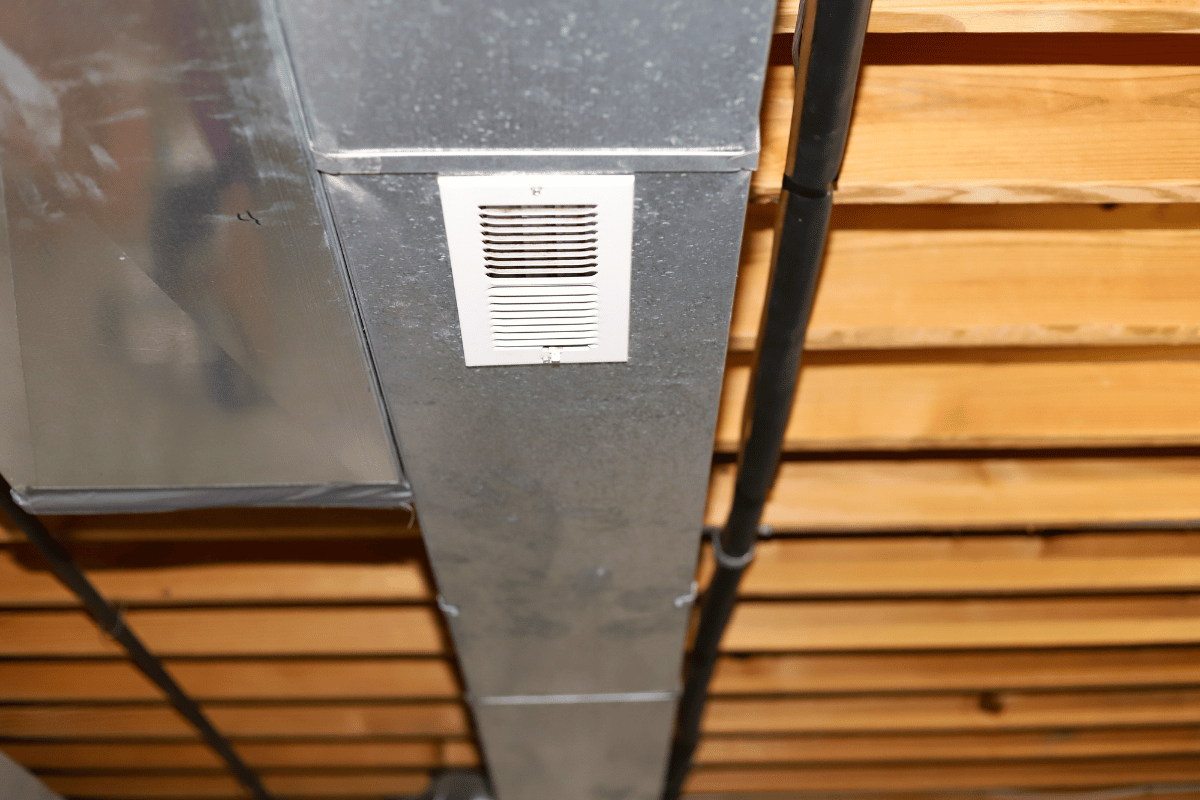April 26, 2024
Is Your Home Breathing Well? The Importance of Duct Repair for Healthy Air Flow
Have you ever wondered what’s happening behind the scenes when your heating or cooling system kicks in? Those hidden ducts in your home play a crucial role in delivering comfortable air throughout your spaces, but just like any other part of your home, they need attention and care. Today, let’s dive into why duct repair is essential for maintaining a healthy, efficient home environment.
Why Duct Repair Matters
Ducts are the circulatory system of your home; they distribute air from your heating and cooling system into each room. But when ducts are damaged, the effects can ripple through your entire living space, affecting comfort, air quality, and utility bills.
- Energy Efficiency: Leaky or damaged ducts can lose 20-30% of the air that moves through them, meaning your HVAC system has to work harder to heat or cool your home. This inefficiency can lead to higher energy bills.
- Indoor Air Quality: Damaged ducts can also pull in dust, allergens, and pollutants from attics, crawl spaces, and other non-living areas. These contaminants are then circulated throughout your home, potentially impacting the health of your family.
- Comfort: Compromised ductwork can lead to uneven temperatures in your home, with some rooms being too hot or too cold, which can be a nuisance and uncomfortable.
Signs You Need Duct Repair
Recognizing the signs of damaged ductwork is the first step in solving these issues. Keep an eye out for the following indicators:
- Increased Energy Bills: If your heating and cooling costs are creeping up, and you haven’t changed your usage habits, it could be due to leaking ducts.
- Uneven Heating and Cooling: Are some rooms in your home harder to heat or cool? This might be a sign of duct problems.
- Dusty Rooms After Turning on HVAC: If there’s a puff of dust when your HVAC kicks on, this could suggest that your ducts are leaking and pulling in dust from other areas.
- Noises: Rattling or whistling noises from your ducts can indicate loose parts or holes which need to be addressed.
How Duct Repair Is Done
Repairing ducts isn’t a DIY job for most homeowners; it requires professional tools and expertise. Here’s what you can expect when you call in the pros:
- Inspection: A technician will inspect your ductwork, often using specialized cameras to look inside the ducts for damage or leaks.
- Sealing Leaks: For small leaks, professionals use mastic sealant or metal tape. These materials are durable and designed specifically for ductwork.
- Repairing or Replacing Sections: Severely damaged sections of ductwork may need to be replaced entirely to ensure efficient operation.
- Testing: After repairs, the technician will test your system to ensure everything is sealed correctly and that your HVAC system is functioning efficiently and safely.
The Benefits of Professional Duct Repair
While it might be tempting to ignore a problem you can’t see, repairing your ductwork offers tangible benefits:
- Reduced Costs: Efficiently operating ductwork reduces your energy consumption, lowering your bills.
- Enhanced Comfort: Properly repaired ducts eliminate hot and cold spots, making every room in your house comfortable.
- Improved Air Quality: Sealed and repaired ducts keep contaminants out of your living space, helping everyone breathe easier.
Conclusion
Keeping your ducts in good shape is just as important as any other home maintenance. By ensuring that your ductwork is properly inspected and repaired, you not only improve the efficiency and comfort of your home but also contribute to a healthier indoor environment. If you suspect your ducts might be in need of a professional touch, don’t wait—getting them checked and repaired can save you money and hassle in the long run.
Remember, a healthy home starts from the inside out, and that includes the air you breathe! Taking care of your ducts is a smart way to ensure that your home remains a safe, comfortable sanctuary for you and your family.


